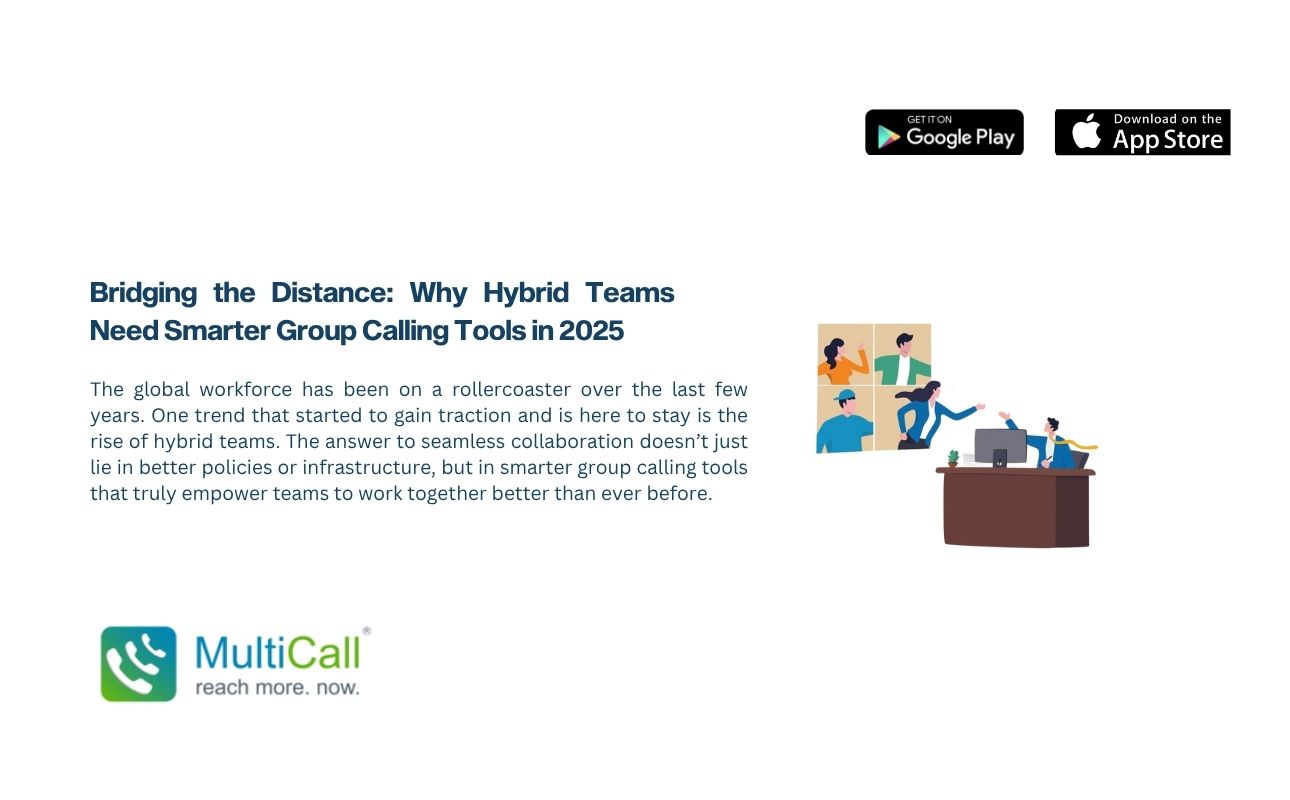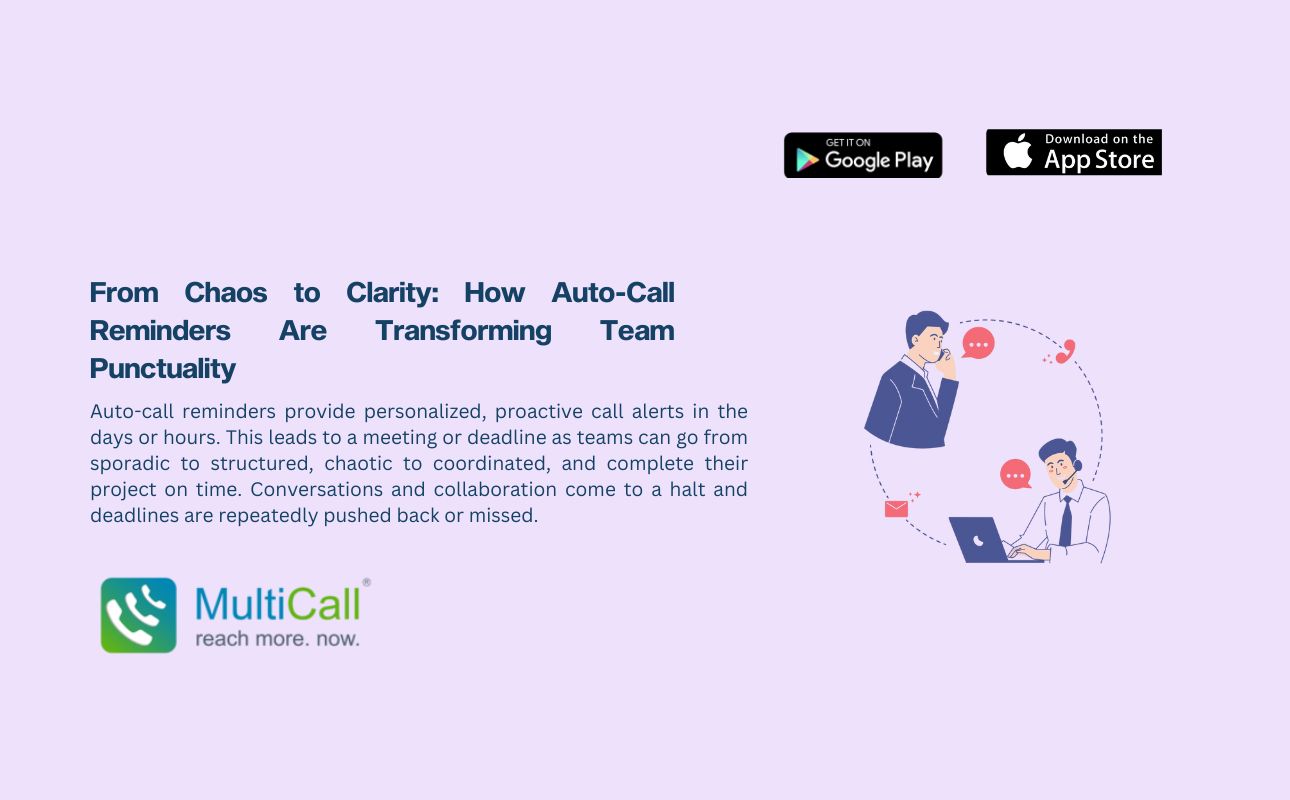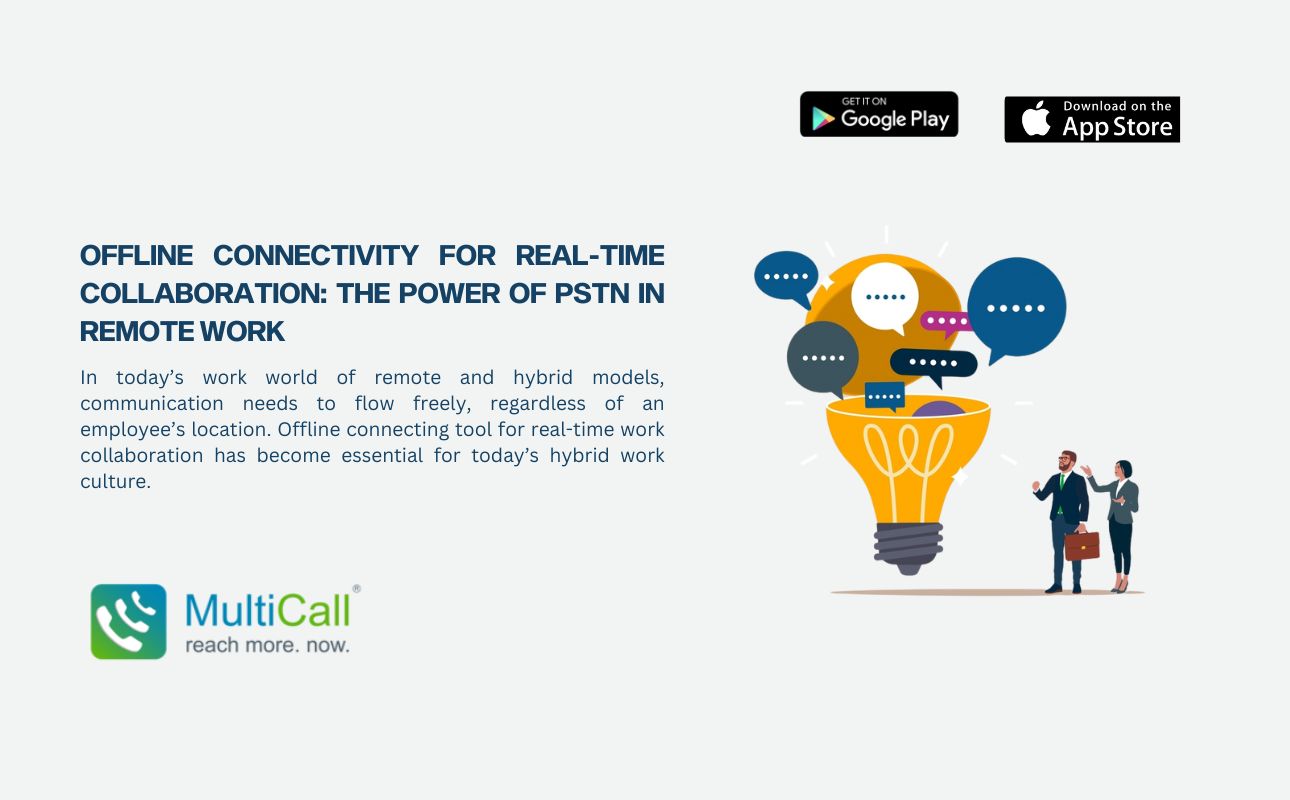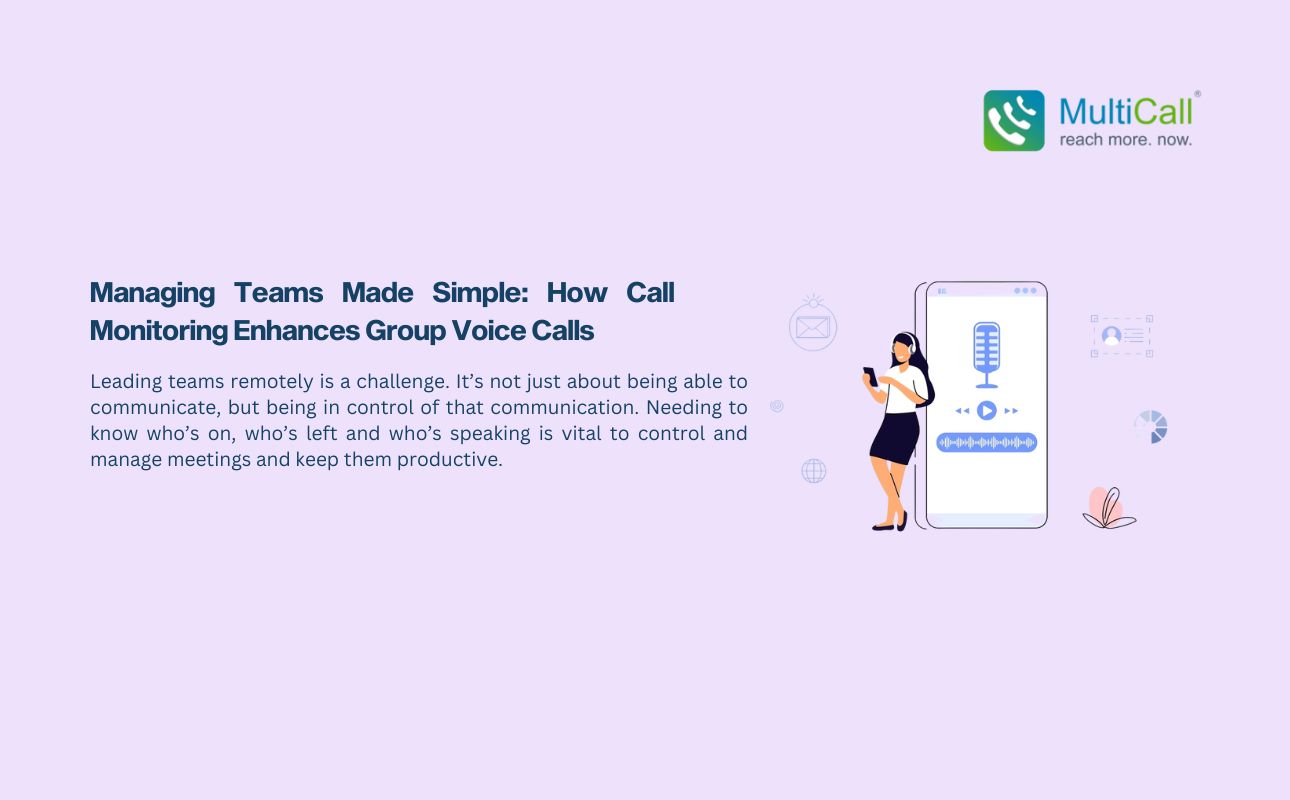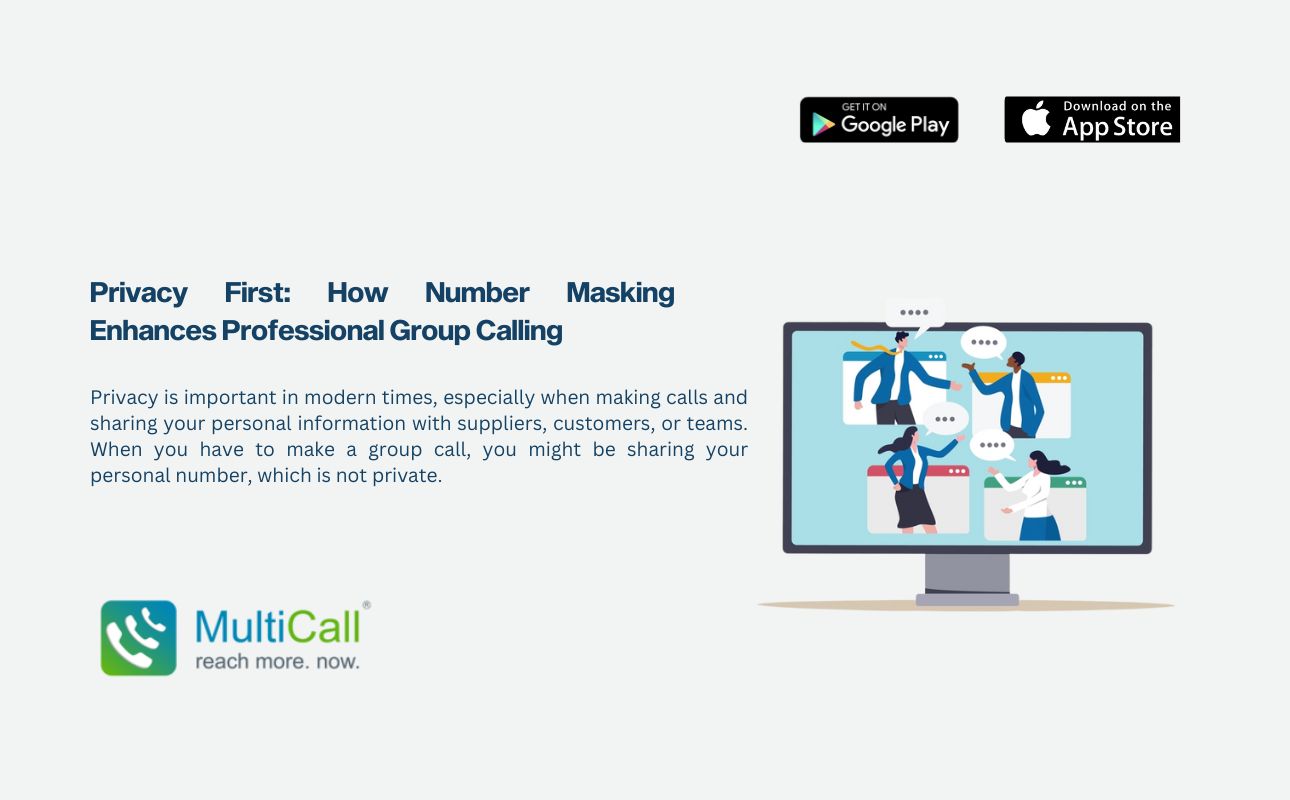If you make or receive a call on a landline phone, you are utilizing the telephony system known as Public Switched Telephone Network. This is essentially the combination of the world’s circuit-switched telephone networks that are operated by national, regional, or local telephone operators.
By such operations, infrastructure and services needed for public telecommunication are effectively provided for. In the early days connection processes required a physical cable to be connected between each location that the user wanted to call.
As you may guess, scaling such a system was impossible! Placing a physical cable between every household that required access to a telephone nationwide was neither cost effective or feasible. So Alexander Graham Bell, the most renowned creator of the telephone, developed another method that could map any phone to another phone without a direct connection. This device was patented, and called a switch.
With a switch telephone, connection was centralized to an office. This office could then coordinate and connect the call to its intended destination. When an individual wanted to talk to another person, he /she would ring the operator and provide the caller’s information; the name or number of the other party.
Then the operator would patch him/her in by connecting a cord (quite like modern day auxiliary cables) between the two phones and the two people could communicate. Consequently, less routing was required multiple switches in order to get everyone connected on the same platform. In addition, fewer lines were needed for connecting callers after this, and telephone calling became more accessible to everyone.
PSTN has several advantages to its use. Besides being a long tried-and-tested technology, it is maintainable and reliable. Its usage is simple as well, with a hassle-free setup. However, it requires a dedicated line for making and completing a call. To that extent, its scalability, though large, is limited, especially considering that calls cannot be done on the go. In addition, requiring a physical infrastructure for the same would mean incurring maintenance costs on a periodic basis. Costs would also have to be dedicated toward call charges as well.
